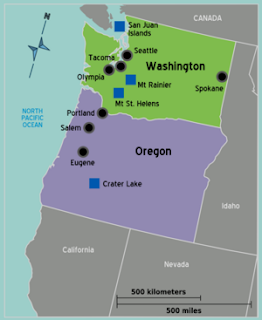Hawaii vs. Las Vegas
Hawaii is the paradise of Unites States. Most beautiful island in the world. It formed 132 volcanically islands, reefs, atolls, and shoals compose the 1500 miles Hawaiian archipelago. There are 8 populated islands and among that, the state of Hawai'i is the largest. Hawaii is located in the Pacific Ocean about 2100 miles of the U.S. mainland. Hawaii is the background of movie "Pearl Harbor".
Climate Hawaii vs. Las Vegas
Hawaii is tropical climate which is warm all year. The average rainfall varies between the windward - 400 inches, and leeward - 10 inches, but average is 45 inches annually. Most of rainy season is October to March. You can consider these month for visiting Hawaii. In summer, 85'F, in winter, 78'F. At the high elevations, temperature average 40'F. As compare to Las Vegas, mostly temperature is about same, warm weather but Hawaii is dry leeward and not dry windward.
Tourism Hawaii vs. Las Vegas
Tourism is most biggest industry of Hawaii also for Las Vegas. In 1950, there were only 40 thousands tourists visited. But now, 6.5 million visitors now. It is $10 billion tourists industry also provides construction and service jobs which is about 32 percent of all jobs in Hawaii. As compare to Las Vegas, they gain income from tourism also. Annual visitors population is about 36 million.





















































